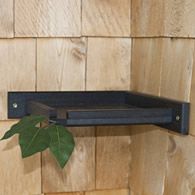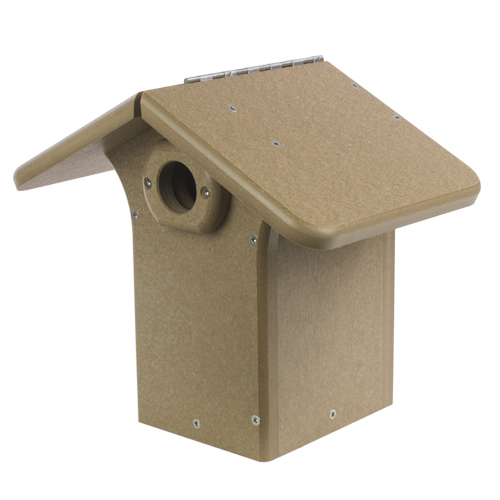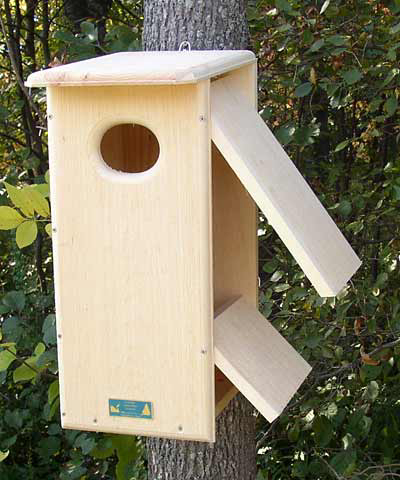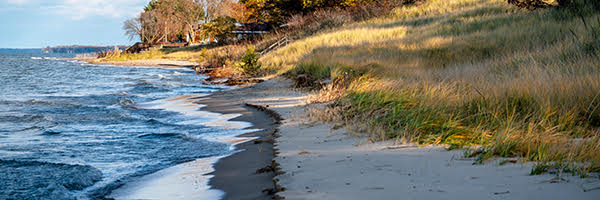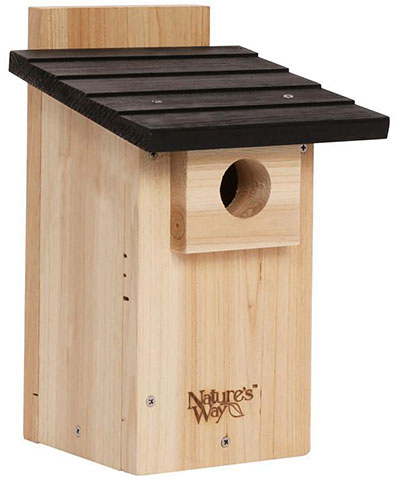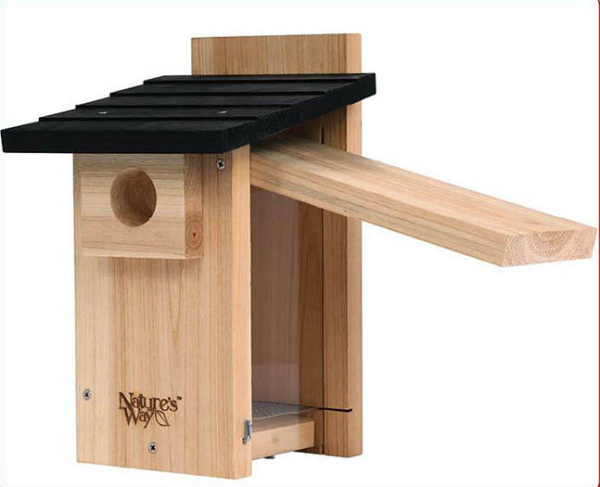Think Spring, Be Versatile with Your Feeding Station
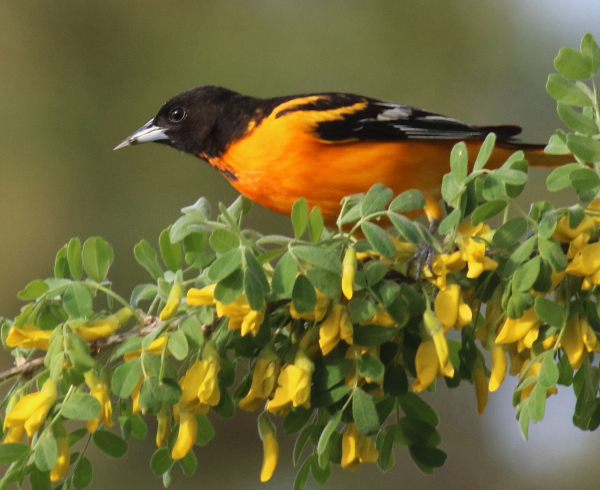

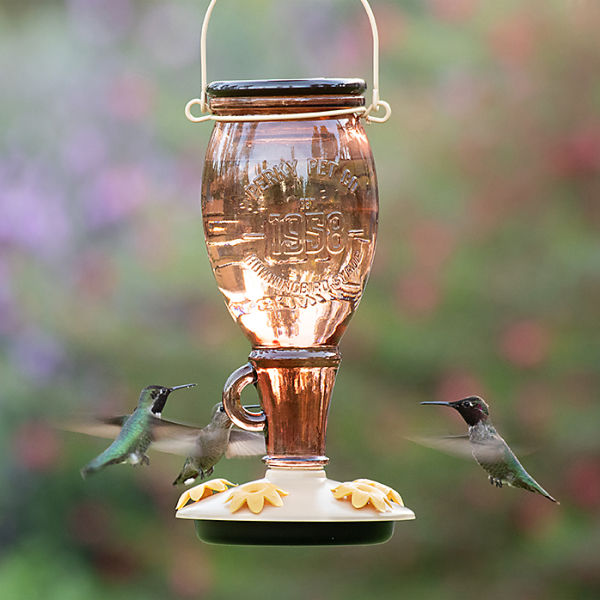
After a winter of following a pretty static regimen of filling feeders – mostly seed and suet feeders north of the Sunbelt – the new spring reminds us to stay versatile as the birds that visit your yard begin to change with some species leaving for more northern climes, and others arriving from the south. This early changing of the guard is just the beginning of what will be a growing need to change of elements at your feeding station. Soon, orioles and hummingbirds will begin arriving, along with grosbeaks and other songbirds – it’s time to prepare for these exciting species and others.
Neotropical migrants like hummingbirds and orioles may not arrive in your neighborhood for a few more weeks, but just in case, it’s time to take a look at your feeders, clean them if necessary; check to see if you have plenty of sugar or nectar syrup; stock up on grape jelly, and put oranges back on your shopping list. Hummingbirds and orioles appreciate sugar-water nectar, which many people prefer to mix themselves, using the traditional one cup of sugar to four cups water. Some birders buy a prepared sugar-based syrup that they mix with water in similar fashion. Many birders provide two different nectar feeders – one for hummingbirds and one for orioles, and this is a good plan so there is less competition at the feeders, plus the oriole feeders provide more substantial perches than hummingbird feeders.
Actually, though, orioles haven’t shown much interest in our nectar feeders. Therefore, we emphasize providing sliced orange halves and, most important, grape jelly at our feeding station. You can simply place the orange halves and a small bowl of grape jelly on a platform feeder, but with so many attractive hanging oriole feeders on the market, consider buying a specially designed and orange-colored oriole feeder. Read more


